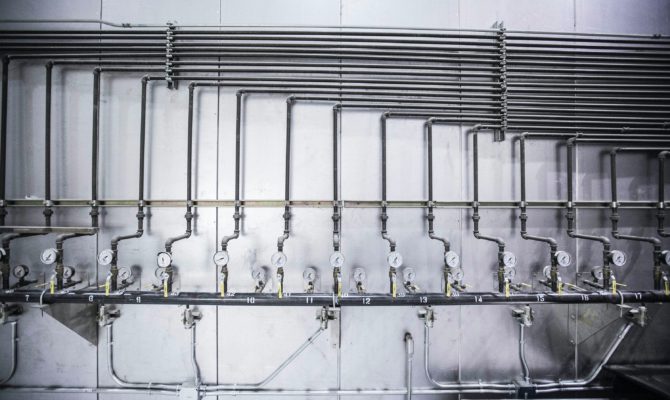
Piping systems are critically important to buildings, industrial applications and infrastructure, and it’s easy to forget they exist once they’re installed. But there are a few things to keep in mind when designing a system that will ensure its longevity and success of a piping system, as long as it’s continually and appropriately maintained.
Choose the Right Pipe
Each type of pipe has its own advantages and disadvantages, and it’s important to know which type of pipe is right for your project. The pipe needs to satisfy the needs of the project, as well as the codes that govern the design of pipe systems as outlined by the International Code Council (ICC). Review the materials that would best suit your system, as well as the size of pipe needed for the project.
Consider the Project’s Parameters
Many factors can contribute to a piping system’s design, namely among them the parameters of the project. Piping projects typically have budget parameters and schedules to adhere to, so knowing how your choice of pipe and the installation methods you use affect these parameters is important in going forward with your design choices.
Stick to the Code
As mentioned previously, the ICC governs the design of pipe systems with codes and regulations that take into account the health and safety of the occupants of the building or the public. These minimum requirements go hand-in-hand with guidelines published by trade organizations like the American Society of Mechanical Engineers (ASME) and the Manufacturers Standardization Society (MSS). Following the codes and guidelines will ensure your project’s safety, efficiency and success.
Looking for guidance for a new piping design project? All-Tex Pipe & Supply has the products and the expertise to help you successfully complete your piping system. Reach out to us today to get started.
